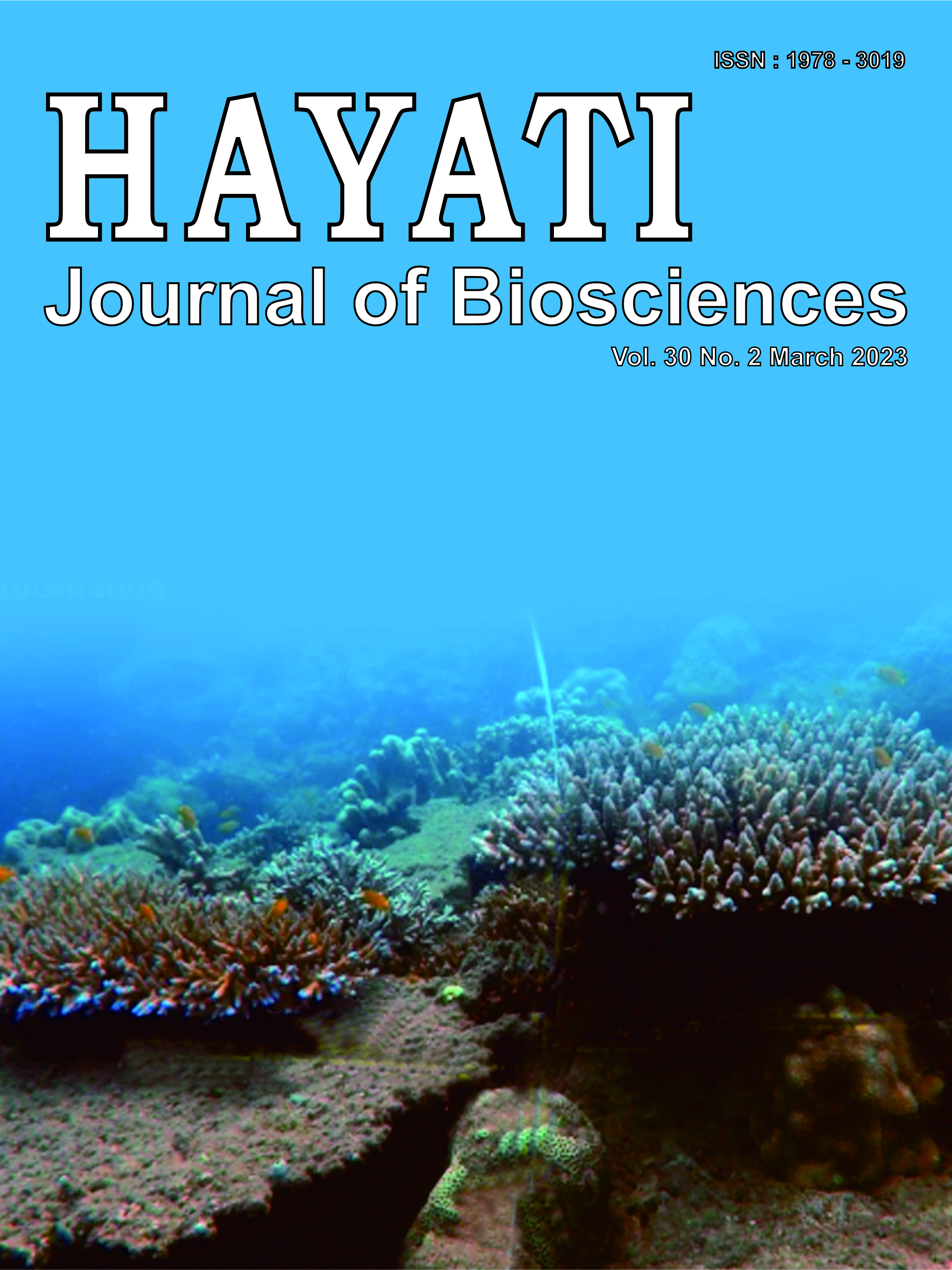Biodefluorination of Perfluorooctanesulphonate by Ensifer adhaerens M1
Abstract
A strain of bacteria M1, defluorinating perfluorooctanesulfonic acid (PFOS), was isolated from soil taken from the territory for testing fire extinguishing agents. The analysis of cultural, morphological, physiological and biochemical characters, the 16S rRNA gene sequencing allowed us to identify strain M1 as Ensifer adhaerens. The uniquely skill of the isolated strain to utilize PFOS in a mineral liquid medium for 5 days of cultivation was shown. It was found that E. adhaerens M1 transforms perfluorooctanesulfonic acid into perfluoroheptanoic acid, releasing 152 mg/L of free fluoride ions from 1,000 mg/L of PFOS. The data obtained allow us to recommend E. adhaerens M1 as potential treatment agent of the environment from organofluorine compounds.
Downloads
Copyright (c) 2023 Sharipov Danil, Starikov Sergey, Chetverikov Sergey

This work is licensed under a Creative Commons Attribution-NonCommercial 4.0 International License.
HAYATI J Biosci is an open access journal and the article's license is CC-BY-NC. This license lets others distribute, remix, tweak, and build upon author's work, as long as they credit the original creation. Authors retain copyright and grant the journal/publisher non exclusive publishing rights with the work simultaneously licensed under a https://creativecommons.org/

























.png) IPB University
IPB University Department of Biology
Department of Biology The Indonesian Biological Society
The Indonesian Biological Society 

